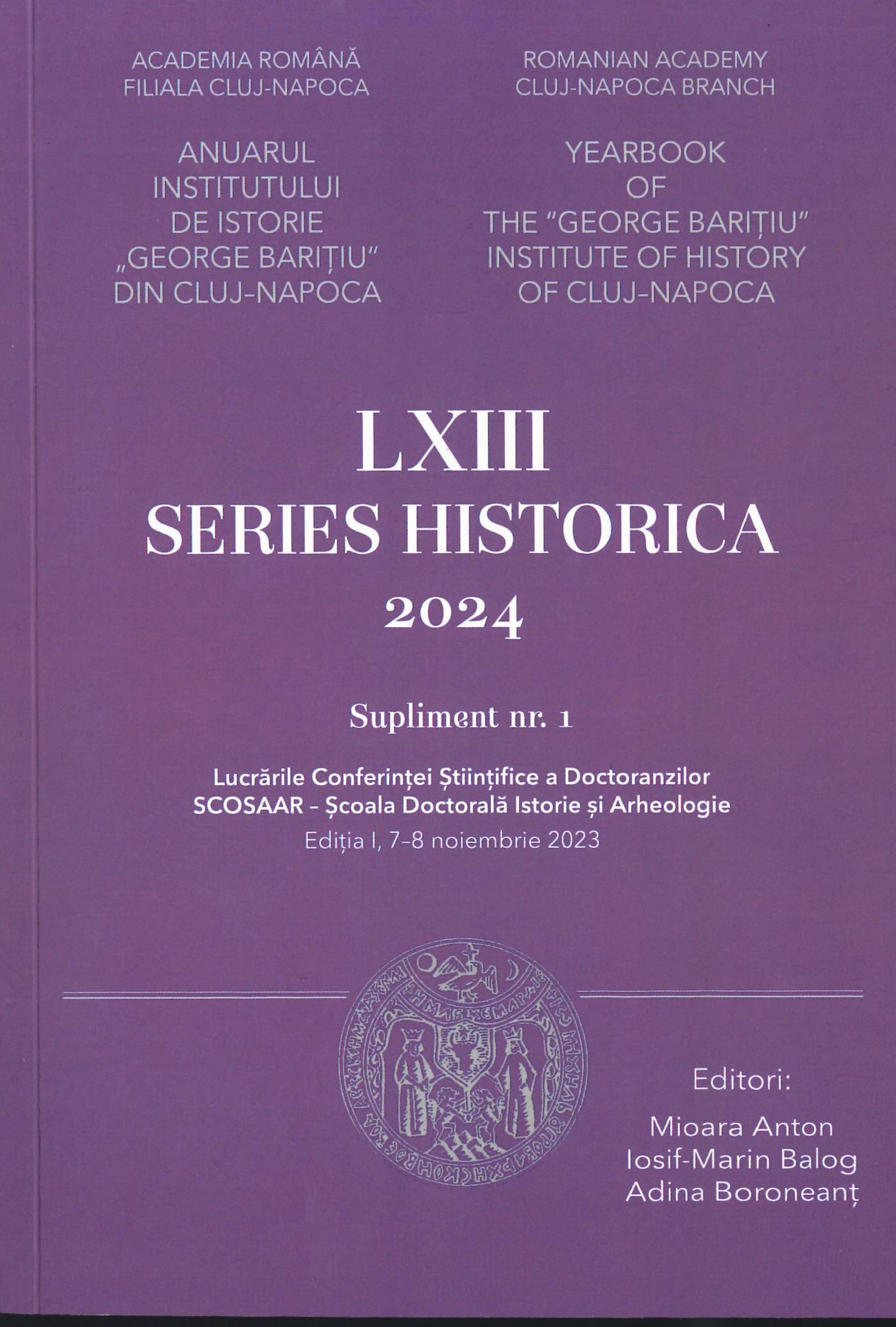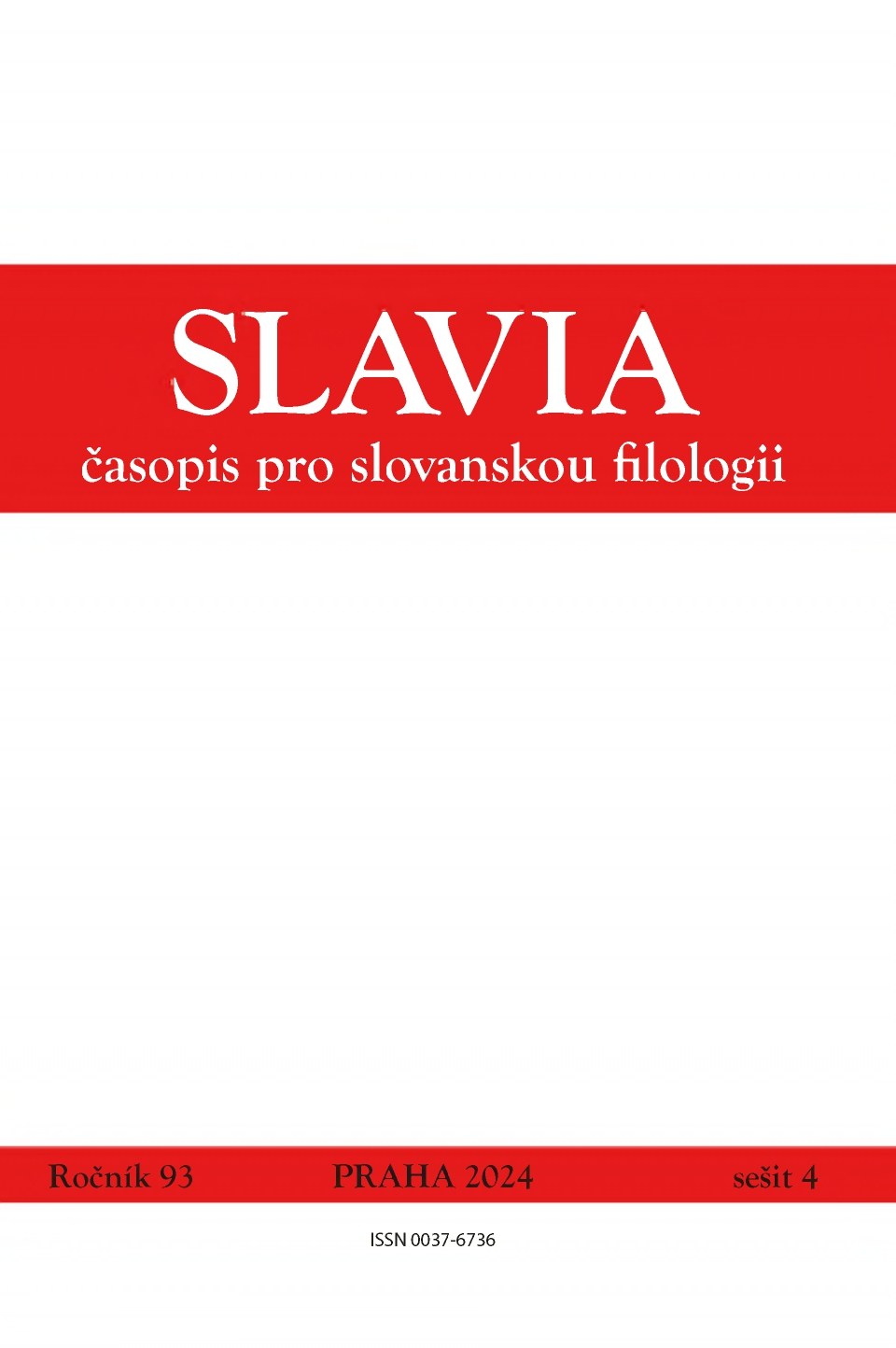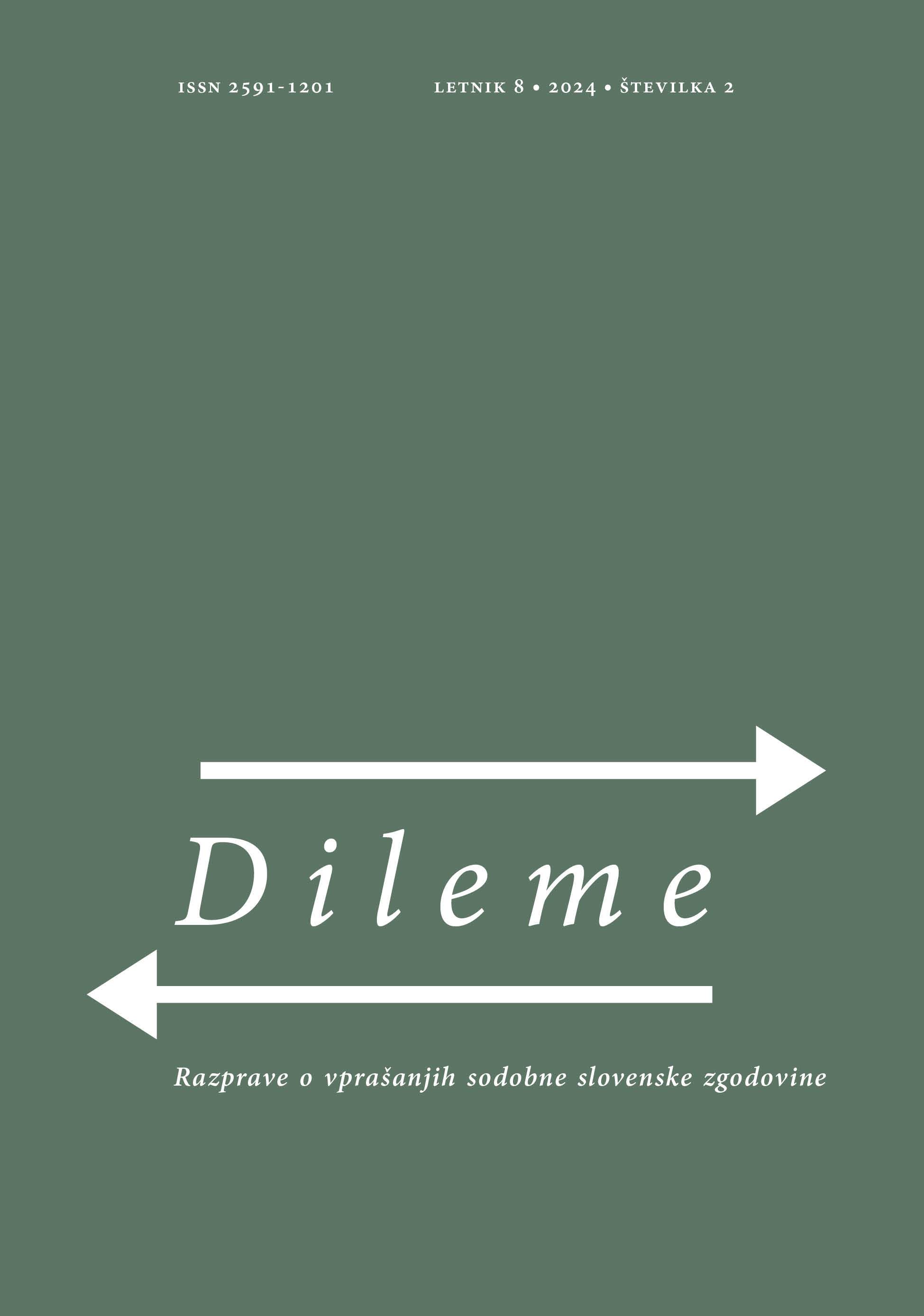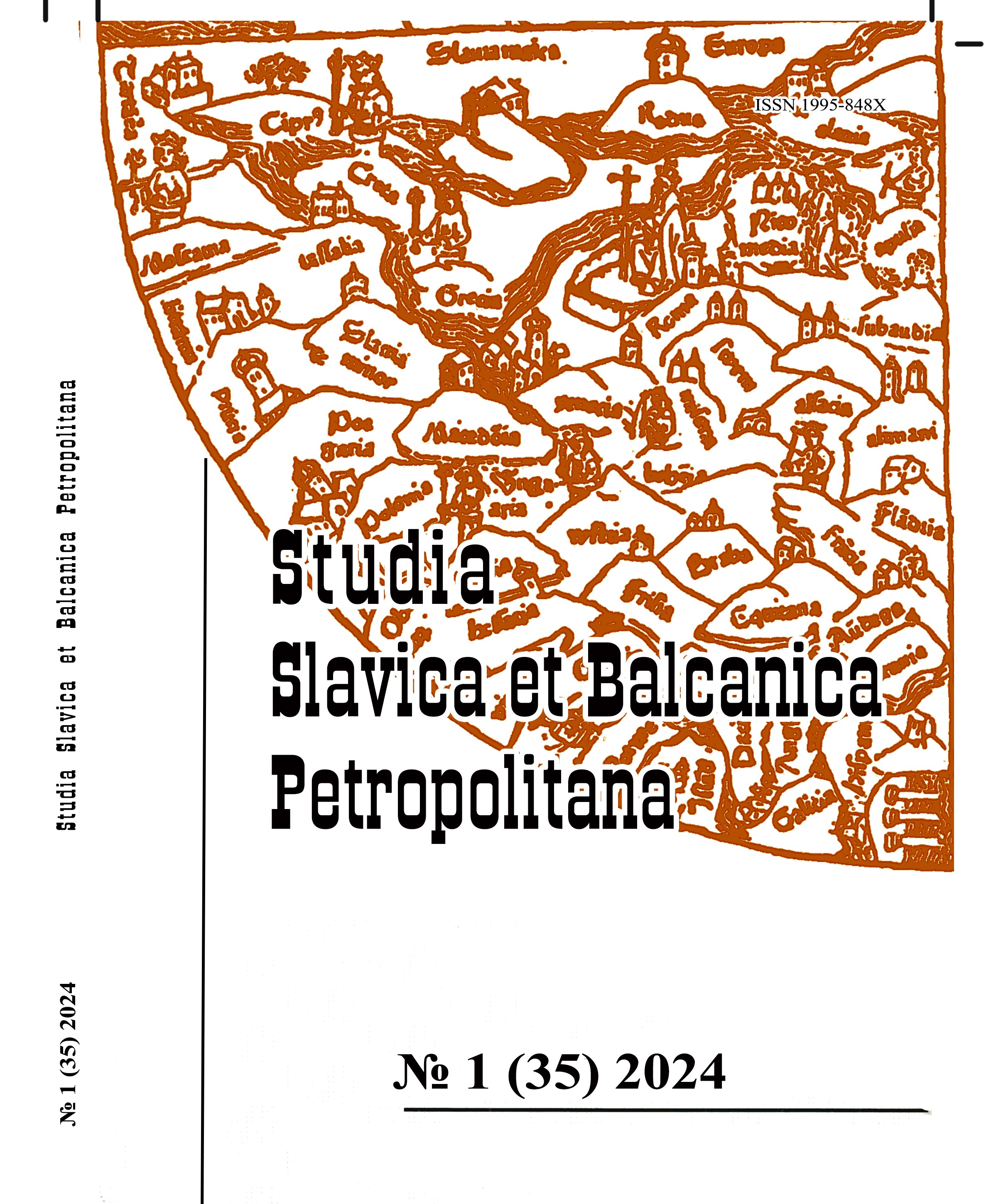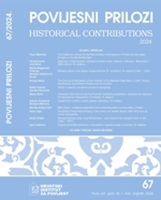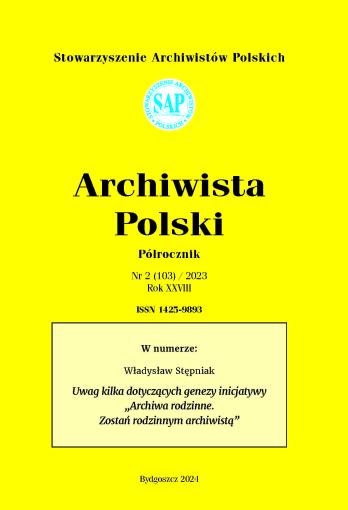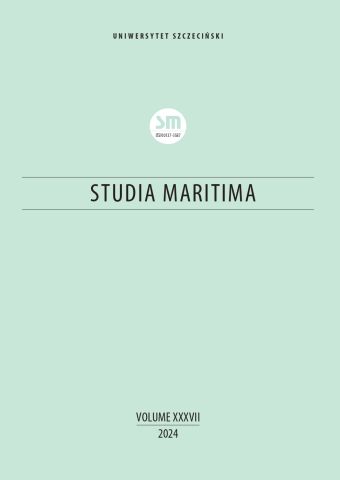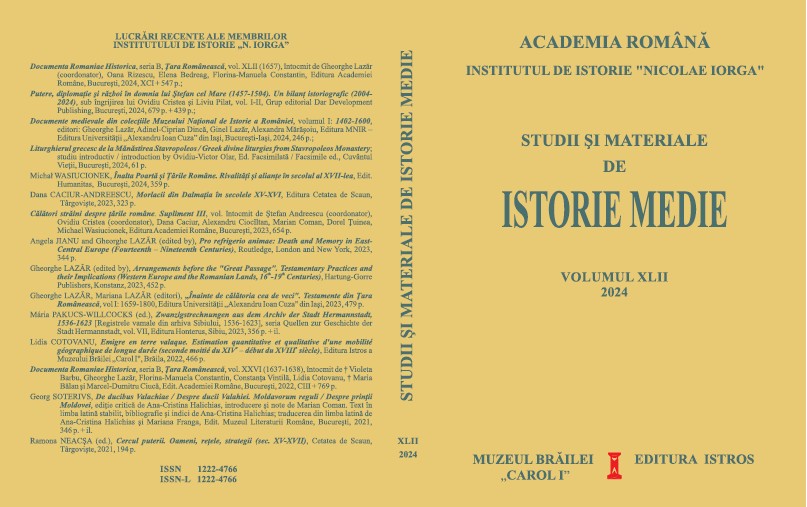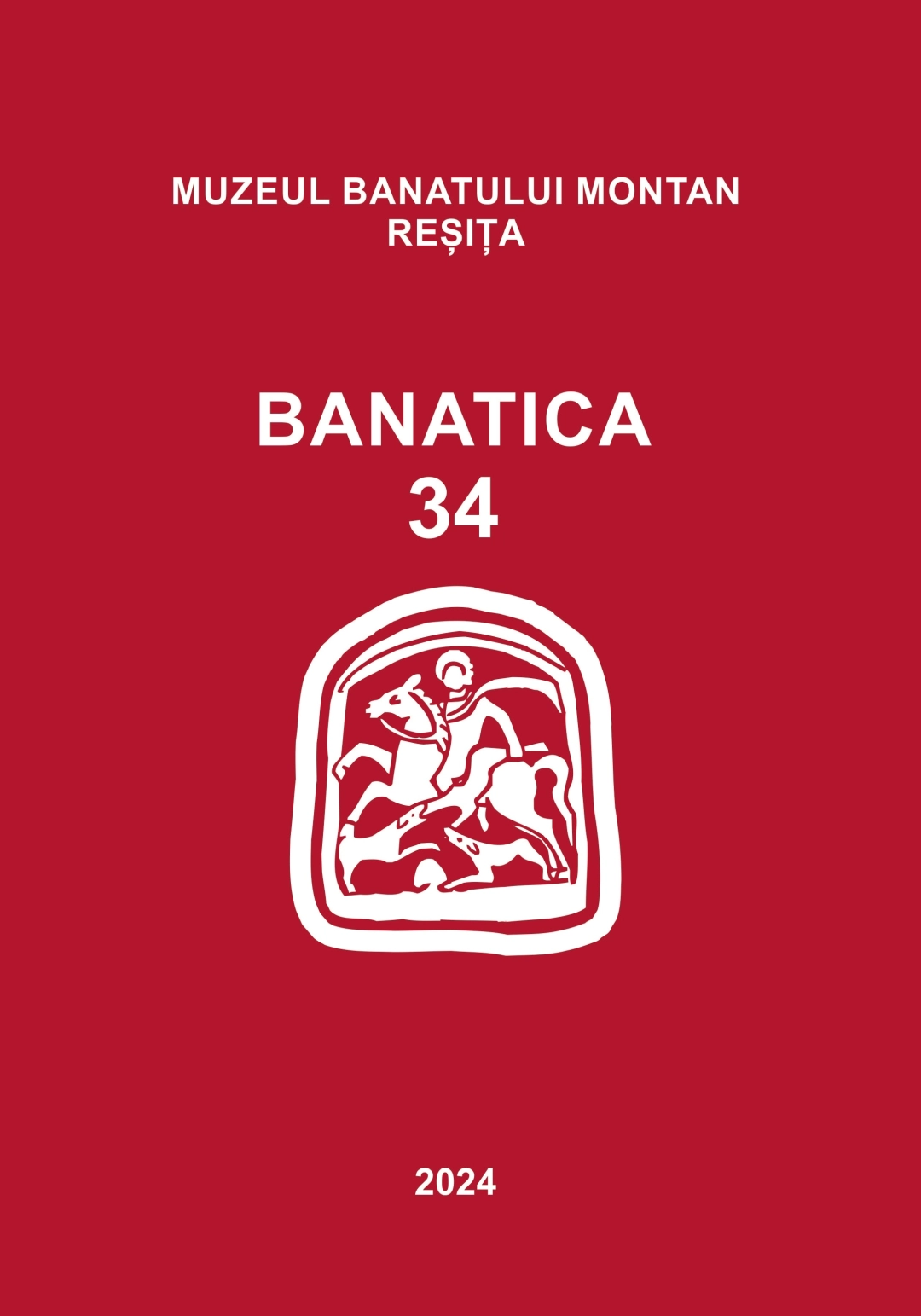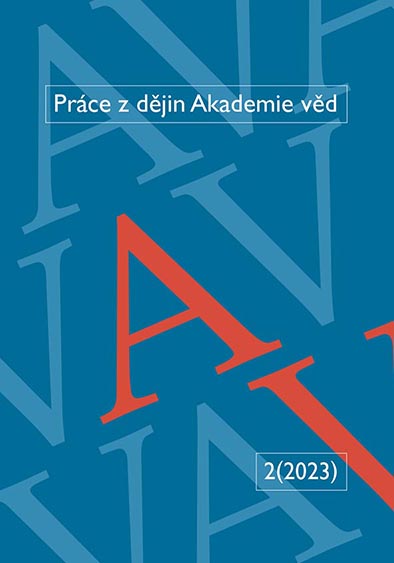Author(s): Nicoleta Demian / Language(s): Romanian
Issue: 34/2024
The items presented are four medals cast from an alloy in which iron predominates, with a diameter between 80 and 104 mm and a weight between 200 and 400 grams, preserved in the collection of medals at the National Museum of Banat in Timişoara (MNaB). These medal items suggest an interesting story being produced in Banat, at the Iron Works, Anina, which belonged to the Railroad Company, StEG (K. K. privilegierte Österreichische Staats Eisenbahn Gesellschaft). At Anina they used to make cast items intended for commercialization; at this foundry, they produced from the finest decorative items, dishes, and stoves, to the heaviest components for industrial machinery. The medals are presented in chronological order: medal – the 7th general meeting of the Association of Primary Teachers in Caraş-Severin county (June 29, 1901), unknown provenance; medal – commemorating the consecration of the Roman-Catholic Church from Anina (1901), unknown provenance; two medals dedicated to dr. Leitner Miksa/Max, the chief physician of Caraş-Severin county (September 29, 1907) on the anniversary of 25 years of activity (1882–1907), one of which was donated to the museum by Lendvai Sándor in 1908. Although they have the same representations on the obverse and reverse, the two medals differ not only in terms of execution but also in the alloy’s composition. In the collection of the MNaB, there was another item like those mentioned above, which is currently in the collection of the National History Museum of Romania in Bucharest, having been definitively transferred in 1974: medal – in memory of the trip to Anina of the participants in the Mining Congress (September 18, 1885). The medal was donated to the Museum from Timişoara in 1889 by Franz Blaskovich (1864–1937) from Timişoara, an important personality of the Swabians in Banat. Starting from documents preserved in archives and the information found in mining magazines and the newspapers of the time, one can find details about each of the events marked by these medals: the 7th general meeting of the Association of Primary Teachers in Caraş-Severin county, held at Anina in June 29, 1901; the consecration of the Roman-Catholic Church at Anina în 1901; the anniversary in 1907 of dr. Leitner Max (1856–1934), the chief physician of Caraş-Severin county and biographical information about him; the Congress of mining, metallurgy and geology held in Budapest between September 14–16, 1885, and the trip to Anina in September 18, 1885. It is possible that medals for other mining centres were also ordered at Anina, or in certain cases the medals cast at Anina might have represented models for other medals of this kind. Two examples are presented: a medal from the mine in Borod (located east of Oradea), dated June 11, 1901, and the series of medals dedicated to the Feast of St. Barbara, December 4, made in Pécs between 1891 and 1899. Medals cast at Anina, found in the collections of other museums in Banat, are mentioned (the Mountainous Banat Museum in Reşiţa: a medal – AVT – Aninai Vasut Társaság / the Railroad Company, Anina, October 10, 1885, an almost unknown variant); in private collections: in Anina (the Mosoroceanu collection) and Timişoara or those appeared in recent years in the context of online auctions. At the same time, reference is also made to the decorative art objects produced in the fine/artistic foundry workshop in Anina: statuettes with hunting scenes (for the shooting associations in the mountainous Banat in the second half of the 19th century), decorative plates with mythological scenes (for collectors), presse-papiers, imperial busts, candlesticks, etc. The iron decorative art objects, cast in Anina, found in the collection of Ormós Zsigmond (1813–1894), the founder of the museum in Timişoara, as well as those found in the collection of decorative art of the Museum in Timişoara in 1909, are also mentioned. Some were related to the donations of Ormós Zsigmond, Lendvai Sándor, and Molnár Lajos, some others were purchased by the museum in 1902 directly from the artistic foundry in Anina for the price of 109 crowns. All the items were exhibited for the public in the permanent exhibition at the first headquarters of the museum in Timişoara, Lonovics street, no 8 (today Augustin Pacha street). Medalist Anton Rudolf Weinberger (1879–1936), a refined portraitist of many personalities (some from Banat), born in Reşita, later settled to Vienna, also spent a lot of time in this artistic foundry workshop. The medals presented certify both the technical and artistic level of those who created them, as well as the activity at the artistic foundry in the second half of the 19th century until the World War I. The special documentary value of these medals is noteworthy, recalling special events in the life of the local community (gatherings, trips, anniversaries, church consecrations) or local personalities connected to a period of time so well described by the following words: “coal, steam, iron, and steel“.
More...
